A new addition to the family is a momentous occasion filled with anticipation and love.
Among the essential items for a baby’s comfort, a well-chosen blanket holds a special place. Yet, determining the right size and dimensions is a crucial aspect often overlooked.
This guide is designed to navigate you through the intricacies of selecting the perfect baby blanket. We’ll explore standard sizes, factors to consider, and practical tips for choosing or creating a blanket tailored to your baby’s needs.
Whether you’re a parent, a doting relative, or a craft enthusiast, understanding the dimensions of a baby blanket ensures a safe, cozy haven for your little one.
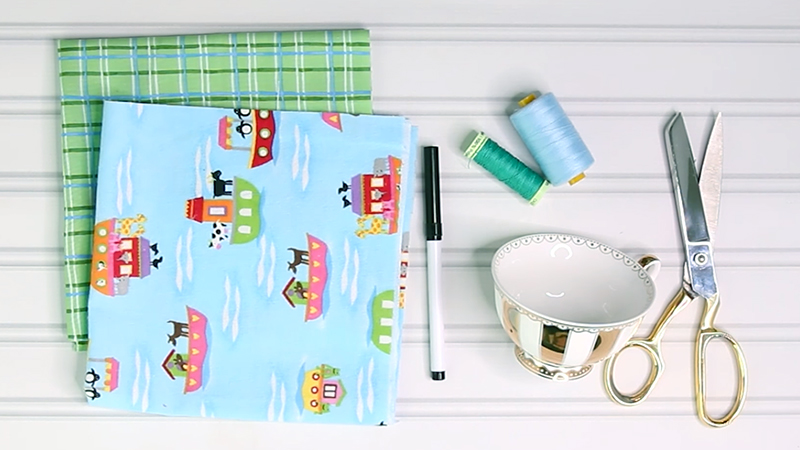
Standard Baby Blanket Size and Dimensions Guide
Choosing the perfect baby blanket involves considering various factors, with size and dimensions being of paramount importance. The right dimensions ensure comfort, functionality, and safety for your little one.
Here’s a guide to standard baby blanket sizes and their respective dimensions to help you make an informed decision:
Receiving Blanket
Receiving blankets are incredibly versatile, serving a multitude of purposes in a baby’s early days. They are typically sized at around 30 inches by 30 inches (76 cm x 76 cm) or 30 inches by 40 inches (76 cm x 102 cm).
These soft, lightweight blankets are ideal for swaddling newborns, providing them with a snug and secure feeling akin to the womb.
Beyond swaddling, they’re often used as burp cloths, makeshift changing pads, or simply as a cozy cover-up for a little one in a stroller or car seat.
Crib Blanket
Designed specifically for the crib, these blankets are sized approximately 45 inches by 60 inches (114 cm x 152 cm) or slightly larger.
This ample size ensures that the blanket can be securely tucked around the edges of a standard crib mattress, providing a safe and comfortable environment for a sleeping baby.
Crib blankets come in various materials, from warm fleece to breathable cotton, allowing for year-round use.
Toddler Blanket
As babies grow into toddlers, their bedding needs change. Toddler blankets are slightly larger, usually measuring around 40 inches by 60 inches (102 cm x 152 cm) or 45 inches by 70 inches (114 cm x 178 cm).
This size provides ample coverage for a toddler bed, keeping your little one warm and comfortable during the night. They are often designed with vibrant colors and playful patterns to appeal to a toddler’s growing sense of individuality.
Swaddle Blankets
These blankets are specially crafted for the delicate art of swaddling newborns. They typically measure around 40 inches by 40 inches (102 cm x 102 cm) or slightly smaller.
The square shape and lightweight, breathable material make them perfect for creating a secure and cozy cocoon for a baby. Swaddle blankets often come with easy-to-follow folding instructions, helping parents achieve the perfect swaddle every time.
Security Blankets (Loveys)
Much smaller in size, security blankets, affectionately known as loveys, typically measure around 12 inches by 12 inches (30 cm x 30 cm). These diminutive blankets or plush toys play a crucial role in providing comfort and familiarity to babies and young children.
Loveys are often chosen for their softness and may become cherished companions for a child, offering a source of reassurance and comfort in various situations.
Specialty Blanket Sizes and Dimensions
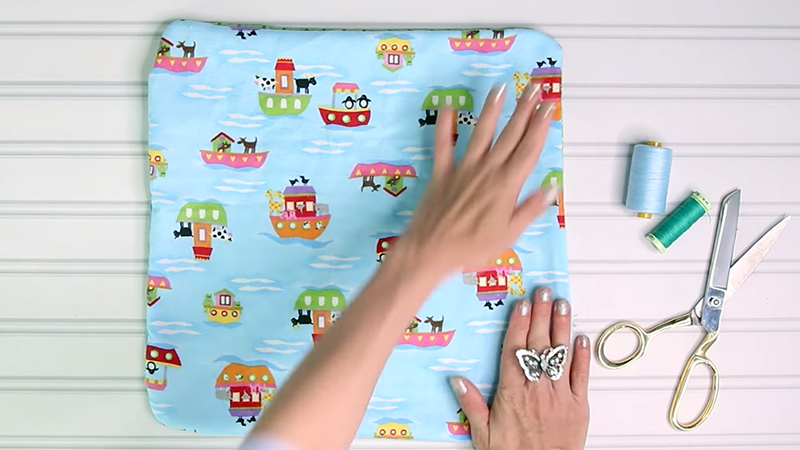
In addition to the standard baby blanket sizes, there are also specialty sizes designed to cater to specific needs or preferences. These specialized blankets serve various purposes and come in unique dimensions.
Here’s an overview of some specialty blanket sizes and their corresponding dimensions:
Double-Sided or Quilted Blankets
- Size: Double-sided or quilted blankets can vary widely in size, but they often come in larger dimensions for extra warmth and comfort.
- Common Use: These blankets offer extra insulation and can be used as a cozy cover for a baby during colder weather.
Knitted or Crocheted Blankets
- Size: Knitted or crocheted blankets can be custom-made, so their dimensions can vary. However, they are often crafted to suit various needs, from small loveies to larger cribs or toddler-sized blankets.
- Common Use: These handcrafted blankets provide a unique and personal touch, often becoming cherished heirlooms.
Travel Blanket
- Size: Travel blankets are typically compact, measuring around 30 inches by 40 inches (76 cm x 102 cm) or smaller when folded.
- Common Use: These smaller blankets are designed for portability, making them perfect for outings, travel, or providing a cozy layer in a car or stroller.
Hooded Blanket
- Size: Hooded blankets come in various sizes, with the hood adding an extra dimension. They often measure around 30 inches by 40 inches (76 cm x 102 cm) or larger, including the hood.
- Common Use: The hooded design provides an added layer of warmth and comfort for a baby’s head and upper body. They’re ideal for post-bath snuggling or as a cover-up after swimming.
Maternity Blanket
- Size: Maternity blankets are specifically designed for expectant mothers. They are usually larger, around 50 inches by 60 inches (127 cm x 152 cm) or more.
- Common Use: These blankets are used for comfort during pregnancy, providing extra support and warmth during rest or relaxation.
Swaddle Sleep Sack
- Size: Swaddle sleep sacks come in various sizes to accommodate different stages of a baby’s growth, typically ranging from newborn to 6 months. They can measure between 18 inches by 25 inches (46 cm x 64 cm) to 23 inches by 28 inches (58 cm x 71 cm).
- Common Use: A swaddle sleep sack combines the benefits of a swaddle blanket with the ease and safety of a wearable sleep sack.
Factors to Consider When Determine Baby Blanket Size
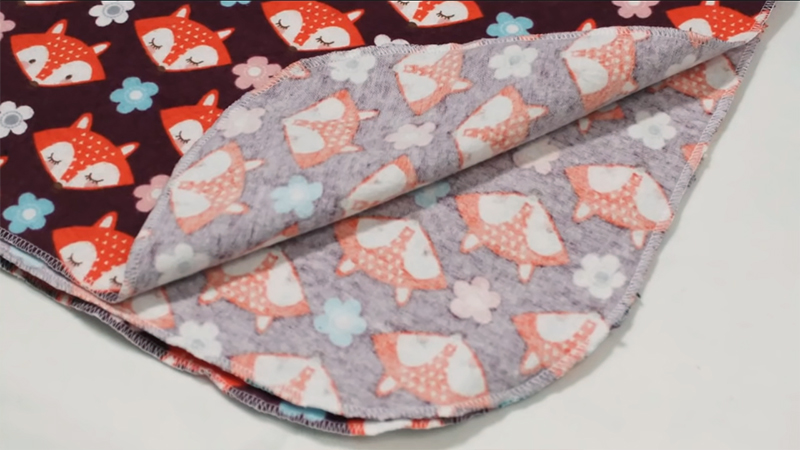
When determining the appropriate size for a baby blanket, there are several key factors to take into consideration. These factors ensure that the blanket is not only functional but also safe and comfortable for the baby.
Here are the important factors to keep in mind:
Intended Use
The intended use of the blanket plays a crucial role in determining its size. For swaddling, a square-shaped blanket, around 40 inches by 40 inches (102 cm x 102 cm), provides ample room for wrapping the baby snugly.
When it’s for a crib, a larger blanket that fits the mattress securely is essential for ensuring the baby stays warm and safe.
Age and Developmental Stage
As babies grow, their blanket needs to change. Newborns often benefit from smaller blankets designed for swaddling, while older infants and toddlers require larger blankets that offer more coverage.
Toddler-sized blankets, measuring around 40 inches by 60 inches (102 cm x 152 cm), can provide a cozy covering for a growing child.
Safety Guidelines
Safety should always be paramount. For newborns, avoid using blankets that are too large or thick, as they can pose suffocation risks.
Choose blankets that can be securely tucked around the mattress edges, and never leave loose ends or strings that could be hazardous.
Crib Size
A blanket intended for use in a crib should be appropriately sized to fit the mattress.
Standard crib mattresses typically measure about 28 inches by 52 inches (71 cm x 132 cm). The blanket should be large enough to provide ample coverage without excessive draping.
Climate and Season
Consider the climate of your location. In warmer climates, lighter, more breathable blankets made of materials like cotton or muslin may be sufficient. In colder climates, opt for thicker, warmer blankets, possibly lined with fleece or made of heavier knits.
Swaddling Technique
A swaddle blanket should be large enough to comfortably wrap around the baby, creating a snug and secure cocoon.
A square-shaped blanket of approximately 40 inches by 40 inches (102 cm x 102 cm) provides enough fabric to achieve this technique effectively.
Portability
When the blanket is meant for travel or outings, consider a size that is easy to fold and carry.
A smaller, more portable blanket, around 30 inches by 40 inches (76 cm x 102 cm), can be convenient for on-the-go use, such as in a stroller or car seat.
Longevity and Growth
When you’re looking for a blanket that will grow with the baby, consider a larger size.
Toddler-sized blankets, around 40 inches by 60 inches (102 cm x 152 cm), can provide extended use as the child transitions from a crib to a toddler bed.
Personal Preference
Personal preferences, both yours and those of the parents, play a significant role in selecting the blanket size.
Some may prefer smaller, cozier blankets for swaddling, while others may favor larger, more versatile options for crib use or play.
Customization and Design
When the blanket is meant to be a special keepsake or a personalized gift, consider any customization or design elements. These can add a heartfelt touch to the blanket, making it a cherished memento.
DIY Baby Blanket Sizing
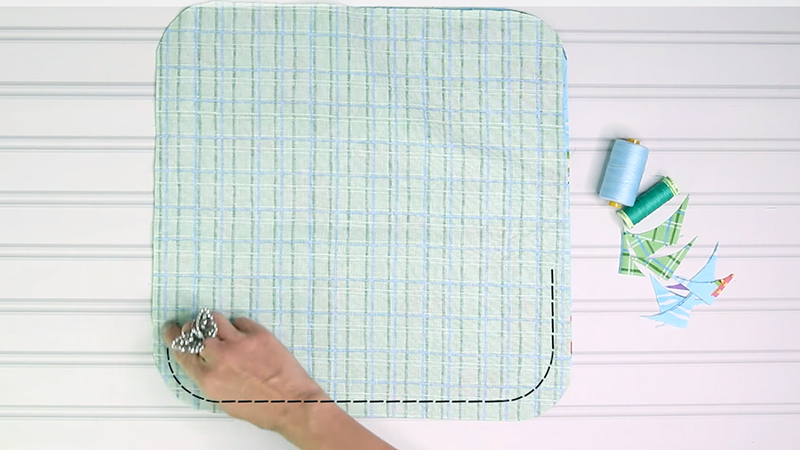
Creating a DIY baby blanket can be a heartfelt and rewarding project. When it comes to sizing your homemade baby blanket, you have the flexibility to choose dimensions that suit your preferences and needs.
Here are some steps to help you determine the sizing for your DIY baby blanket:
Determine the Purpose
Consider how the blanket will be used. Is it intended for swaddling, providing warmth in a crib, or for on-the-go use in a stroller or car seat? The purpose will guide your decision on the size.
Research Standard Sizes
Familiarize yourself with the standard baby blanket sizes mentioned earlier in this guide. These can serve as a starting point and provide you with a reference for typical dimensions.
Measure the Crib
When the blanket is intended for crib use, measure the crib mattress. Standard crib mattresses typically measure about 28 inches by 52 inches (71 cm x 132 cm). Your blanket should fit comfortably within these dimensions.
Consider Swaddling Needs
For swaddle blankets, aim for a square shape, typically around 40 inches by 40 inches (102 cm x 102 cm). This size provides enough fabric to achieve an effective swaddle.
Personalize Your Size
One of the advantages of DIY projects is the ability to personalize. Feel free to choose a size that resonates with you. You can go slightly larger or smaller based on your preferences.
Think About Longevity
When you want the blanket to grow with the baby, consider a larger size, such as a toddler-sized blanket, which is approximately 40 inches by 60 inches (102 cm x 152 cm). This can provide extended use as the child transitions from a crib to a toddler bed.
Design and Pattern
Keep in mind the design and pattern of your blanket. Some patterns may require specific dimensions to work effectively. Be mindful of any design elements that may be affected by the size you choose.
Cut and Assemble
Once you’ve determined the size, cut your fabric to the desired dimensions. If you’re using multiple fabric pieces, ensure they are properly aligned before sewing or tying them together.
Finish and Secure the Edges
To complete your DIY baby blanket, finish and secure the edges. You can use a sewing machine to hem the edges or use other finishing techniques like binding, crocheting, or knotting, depending on your crafting skills.
Wash and Test
Before using the blanket with the baby, wash it to remove any residues or potential allergens. Test its functionality and comfort to ensure it meets your expectations.
Practical Tips for Selecting the Right Size
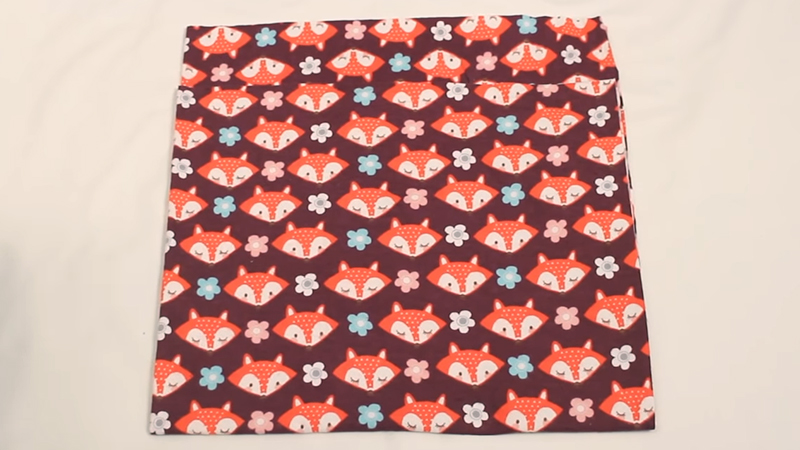
Selecting the right size for a baby blanket is an essential step in ensuring your little one’s comfort and safety.
The choice of size depends on various factors, and making an informed decision is crucial.
Here are some practical tips to help you select the right size for your baby blanket:
Consider the Purpose
Determine the primary use of the blanket. Is it for swaddling, providing warmth in a crib, or for on-the-go use in a stroller or car seat? The intended purpose will guide you in selecting the appropriate size.
Research Standard Sizes
Familiarize yourself with standard baby blanket sizes, as mentioned in the earlier sections.
These can serve as a useful reference point and provide you with a starting point for your decision-making process.
Measure the Crib or Mattress
When the blanket is intended for crib use, measure the crib mattress. Standard crib mattresses typically measure about 28 inches by 52 inches (71 cm x 132 cm). Ensure that your blanket fits comfortably within these dimensions.
Consider Swaddling Needs
For swaddle blankets, aim for a square shape, typically around 40 inches by 40 inches (102 cm x 102 cm).
This size provides enough fabric to effectively swaddle the baby while ensuring comfort and security.
Think About Longevity
When you want the blanket to grow with the baby, consider a larger size. A toddler-sized blanket, approximately 40 inches by 60 inches (102 cm x 152 cm), can provide extended use as the child transitions from a crib to a toddler bed.
Personalize Your Size
DIY projects offer the flexibility to personalize. Feel free to choose a size that aligns with your preferences and the intended recipient’s needs. You can go slightly larger or smaller based on what you believe will work best.
Account for Design and Pattern
Be mindful of the design and pattern of your blanket. Certain patterns may require specific dimensions to work effectively. Ensure that your chosen size complements the design elements and allows them to stand out.
Consider Fabric Stretch and Shrinkage
Keep in mind that certain fabrics may stretch or shrink with washing and use. If you’re using a stretchy fabric, account for potential changes in size over time.
Test the Blanket’s Functionality
Once you’ve determined the size and completed your DIY project, test the blanket’s functionality. Ensure that it provides the intended level of warmth, comfort, and usability.
Prioritize Safety and Comfort
Regardless of the size you choose, prioritize safety and comfort. Ensure that all edges and seams are secure and that there are no loose threads that could pose a choking hazard. Opt for materials that are gentle on a baby’s skin.
FAQs
What is the standard size for a crib blanket?
A standard crib blanket typically measures around 45 inches by 60 inches (114 cm x 152 cm) or slightly larger to fit a standard crib mattress.
How big should a swaddle blanket be for a newborn?
A swaddle blanket for a newborn is typically around 40 inches by 40 inches (102 cm x 102 cm), providing enough fabric to swaddle the baby snugly.
What size is suitable for a receiving blanket?
Receiving blankets are commonly around 30 inches by 30 inches (76 cm x 76 cm) or 30 inches by 40 inches (76 cm x 102 cm) and are versatile for various uses.
What is the purpose of a security blanket or lovey?
A security blanket, also known as a lovey, is a small blanket or plush toy measuring about 12 inches by 12 inches (30 cm x 30 cm) that provides comfort and familiarity to babies and young children.
Can I customize the size of a DIY baby blanket?
Yes, DIY baby blankets offer the flexibility to personalize the size based on your preferences and the intended use, ensuring it meets your specific needs.
To Recap
Understanding the right baby blanket size and dimensions is essential for ensuring the comfort and safety of your little one.
Whether you’re choosing a standard size or crafting a custom blanket, factors like purpose, climate, and developmental stage should guide your decision.
Swaddle blankets, crib blankets, and security blankets each have specific dimensions to fulfill their roles effectively.
By prioritizing safety, comfort, and personal preferences, you can select or create the perfect baby blanket that will provide warmth, security, and a cozy haven for your baby throughout their early years, offering both practicality and a touch of love and care.
Leave a Reply